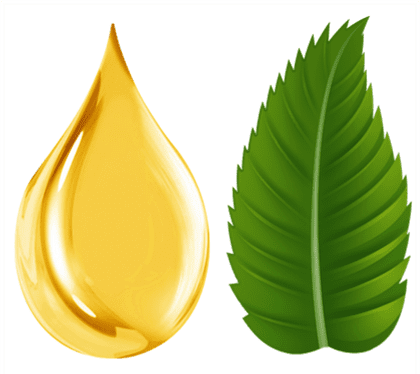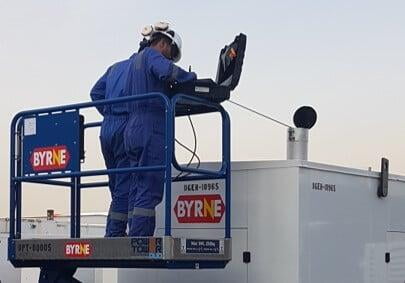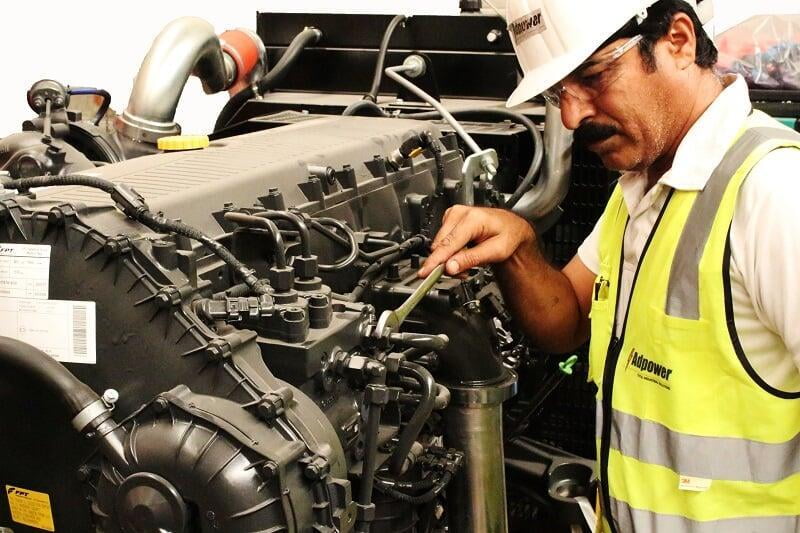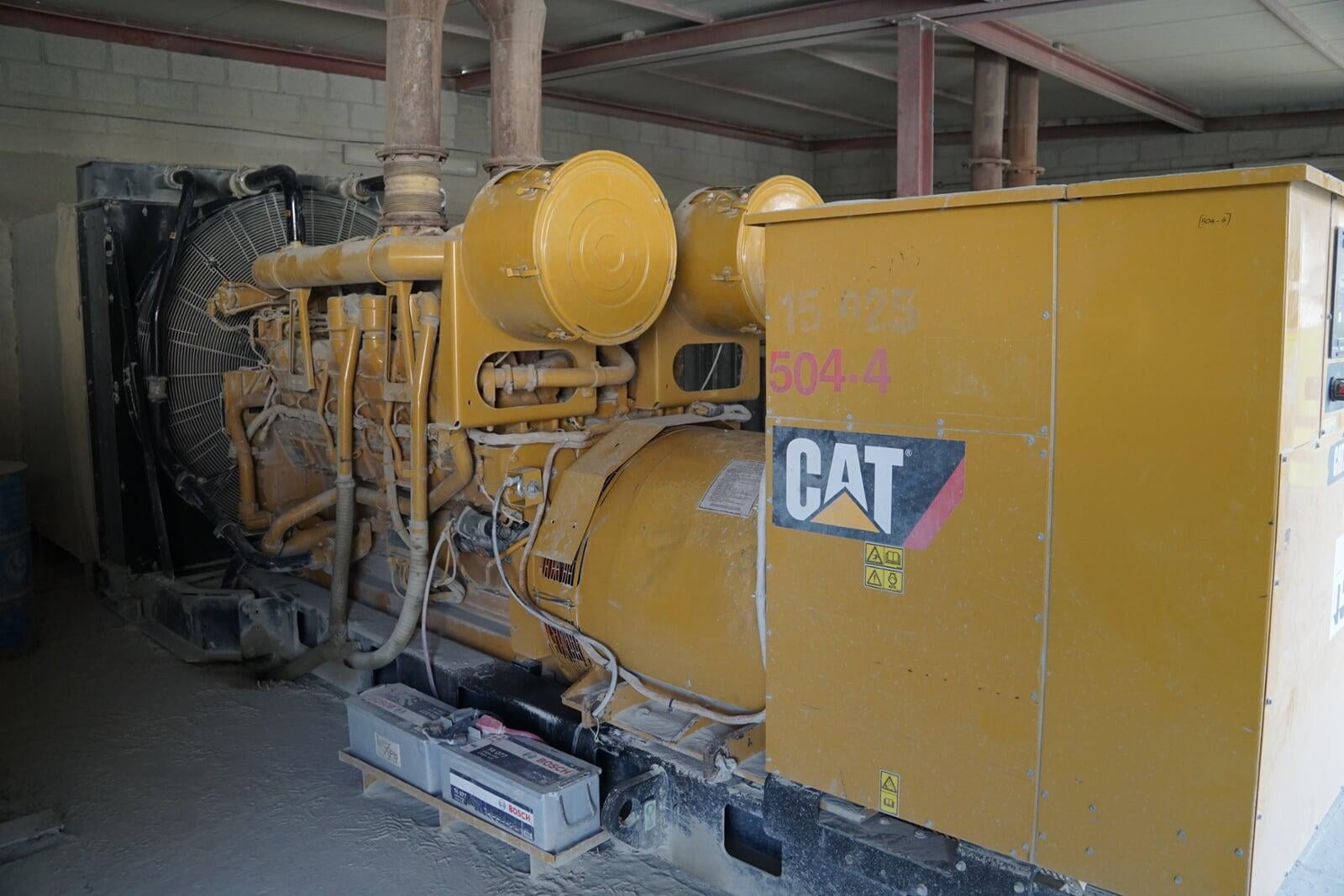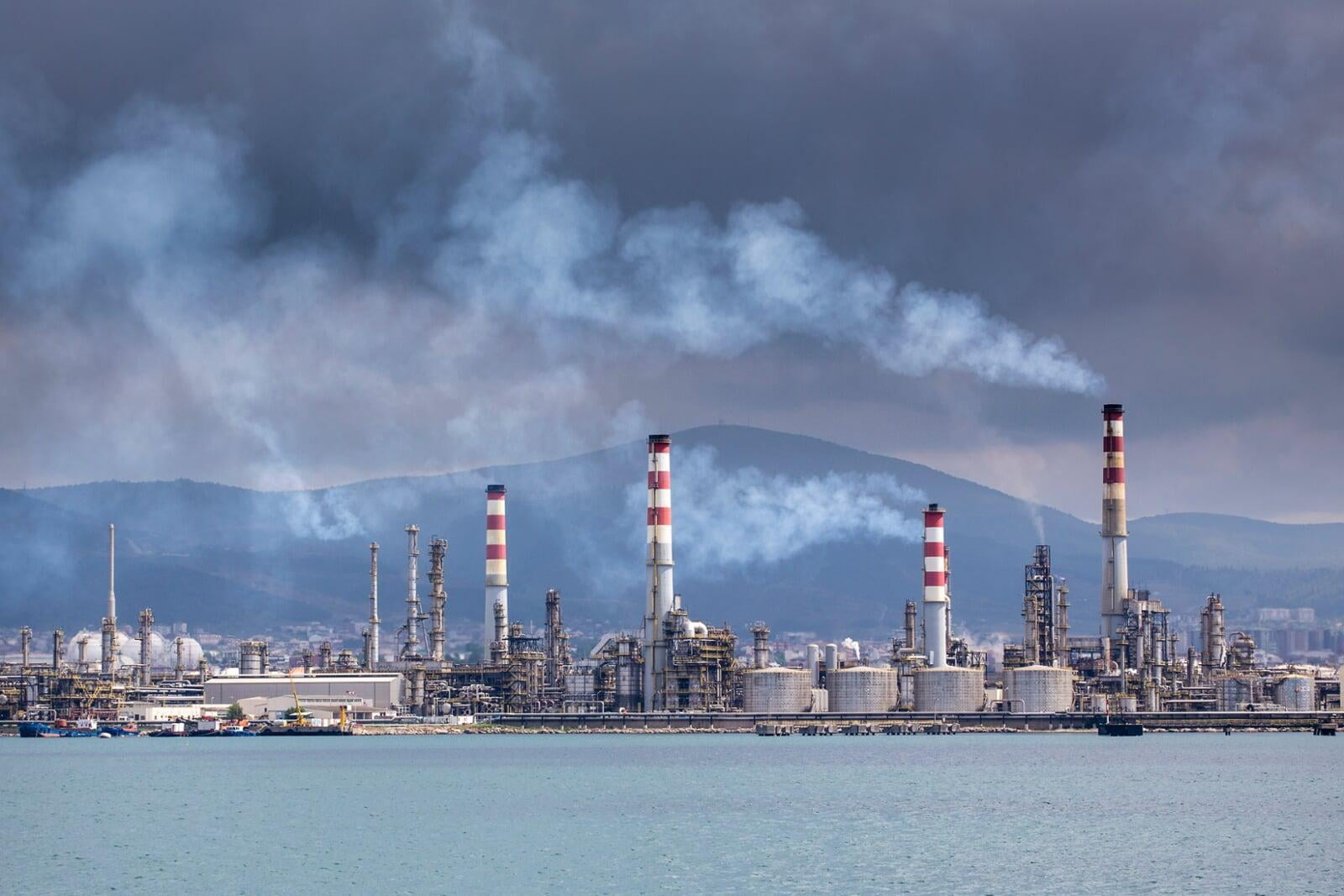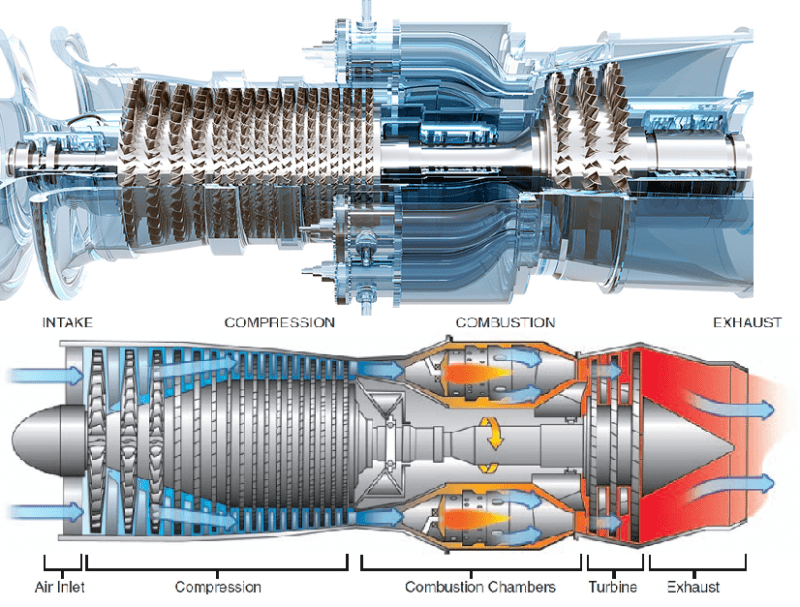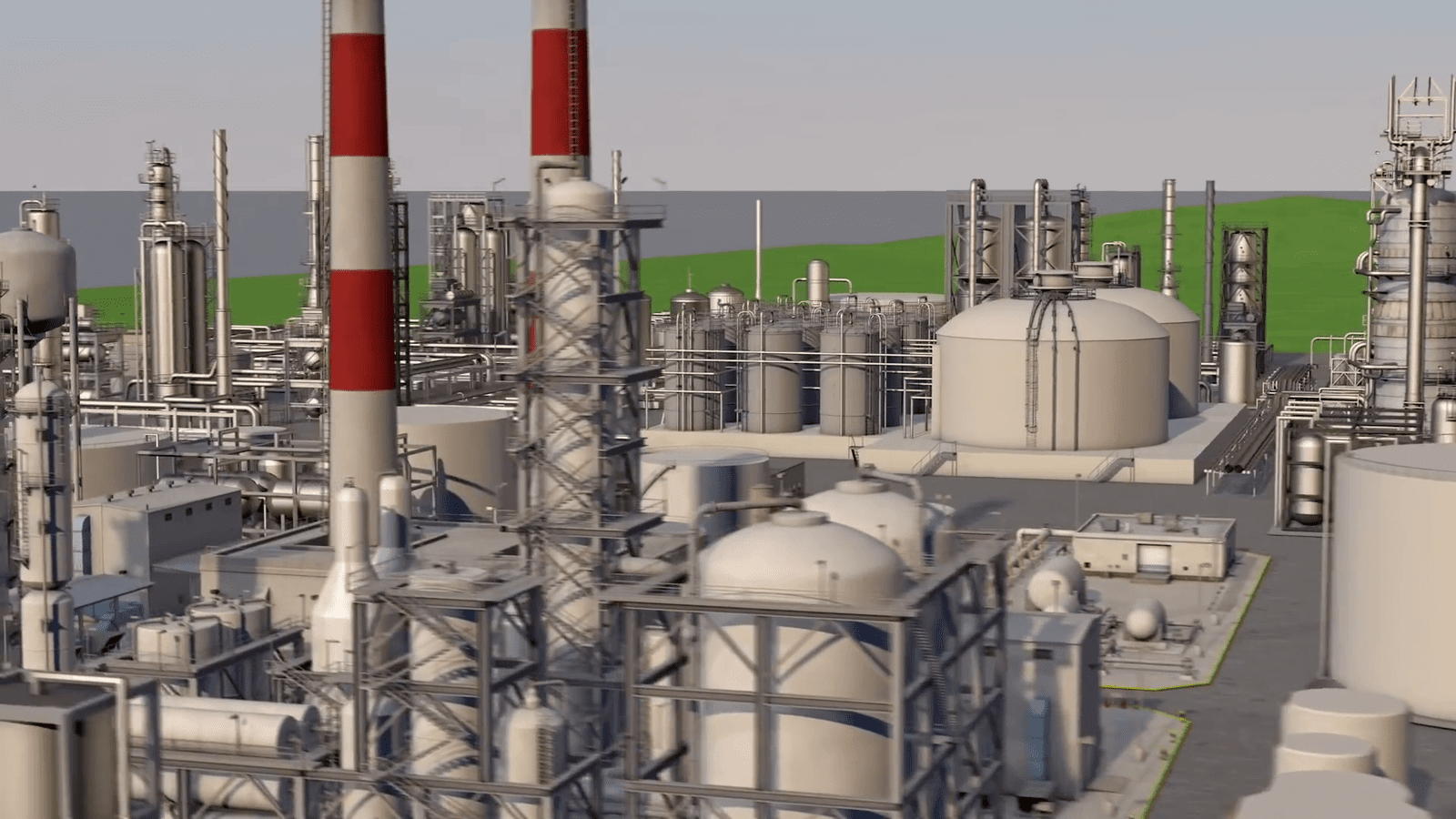From Generators to Gas Turbines...
Lower Emissions
BOOSTplus combines with the aromatic chains, because of their higher viscosity (a measure of resistance) and reduces the surface tension of the droplets.
They now have an increased surface area and reduced viscosity, which allows the drops of fuel to break up into a mist during injection, combine with the oxygen from the inlet, allowing it to combust more efficiently with less residual oxygen remaining to combine with nitrogen and form NOx.
There is now significantly less unburnt fuel, generally <5%, so you have improved energy generation from each litre of fuel to drive the alternator and deliver power – no waste heat generated in the exhaust stack. This translates to a cleaner burn, with significantly reduced emissions.
In trails with generators during 2018/19 we achieved 60 to 80% less emissions when using BOOSTplus.
Reduced Consumption
Because the fuel now burns in the piston chamber, not in the exhaust stack, you now get the power you paid for delivered where you need it – in the engine.
We refer to this as reduced consumption, but it is a slight misnomer – it is getting more from the same consumption simply by combusting it more efficiently and generating up to 20% more usable energy from the same amount of fuel.
This means you need to burn less fuel to generate the same amount of energy output.
Reduced Maintenance
Because the fuel now combusts more cleanly post the initial clean-up, there is less carbon available to deposit on the fuel injectors, valves and the pistons.
Once the carbon deposits have been removed, the palm oil in BOOSTplus will act as a detergent and keep the engine clean in combination with the improved combustion.
A cleaner engine and efficient fuel consumption translates to less unburnt fuel that can ride back into the crankcase with the oil, affect the viscosity of the oil, reducing the lubrication protection and causing more mechanical wear as a consequence of more surface friction.
Sustainable Power
This translates into a double bonus to report to the Board and stakeholders – more sustainable power produced at a lower cost with no adverse impact on staff morale due to retrenchments, but improving profitability and cashflow.
BOOSTplus is 100% natural, sourced from sustainably farmed sources, grown on trees that sequester more carbon than most, using a fraction of the palm oil used by biofuels for more benefit.
And it will not only reduce your operating cash flow requirements for your fuel budget, and improve your bottom line – it will reduce your CO2 emissions by up to 20% and your particulate emissions by over 60%.
And you can sustain the gain, at no extra cost.
Low Emissions
BOOSTplus combines with the aromatic chains, because of their higher viscosity (a measure of resistance) and reduces the surface tension of the droplets.
They now have an increased surface area and reduced viscosity, which allows the drops of fuel to break up into a mist during injection, combine with the oxygen from the inlet, allowing it to combust more efficiently with less residual oxygen remaining to combine with nitrogen and form NOx.
There is now significantly less unburnt fuel, so you have improved energy generation from each litre of fuel to drive the turbine and deliver power. This translates to a cleaner burn, with significantly reduced emissions, with the same effect wet combustors using water to emulsify the diesel prior to combustion, but does not have the cooling effect of the water spray.
Lower Consumption
Because the fuel now burns in the combustion chamber, not in the exhaust stack, you now get the power you paid for delivered where you need it – in the turbine.
We refer to this as reduced consumption, but it is a slight misnomer – it is getting more from the same consumption simply by combusting it more efficiently and generating up to 20% more usable energy from the same amount of fuel, meaning you need to burn less fuel to generate the same amount of energy output as before.
Higher Efficiency
A cleaner engine and more efficient fuel consumption translates to less unburnt fuel that can affect the turbine and cause wear or damage. The impact on maintenance reduction is less than with diesel engines. In Turbines the emission reduction is a greater concern and benefit than the reduced maintenance.
Turbine Major overhauls occur about every three years and take 3 to 4 weeks to complete as each turbine blade has to be inspected for wear and replaced if there is any major wear or cracks. Inspection is normally done by mobile X-ray to insure there are no invisible cracks that can cause major damage.
Sustainable Power
This translates into a double bonus to report to the Board and stakeholders – more sustainable cleaner power produced at a lower cost improving profitability and cashflow.
BOOSTplus is 100% natural, sourced from sustainably farmed sources, grown on trees that sequester more carbon than most, using a fraction of the palm oil used by biofuels for more benefit. And it will not only reduce your operating cash flow requirements for your fuel budget, and improve your bottom line – it will reduce your CO2 emissions by up to 20% and your particulate emissions by over 60%.
And you can sustain the gain, at no extra cost.
